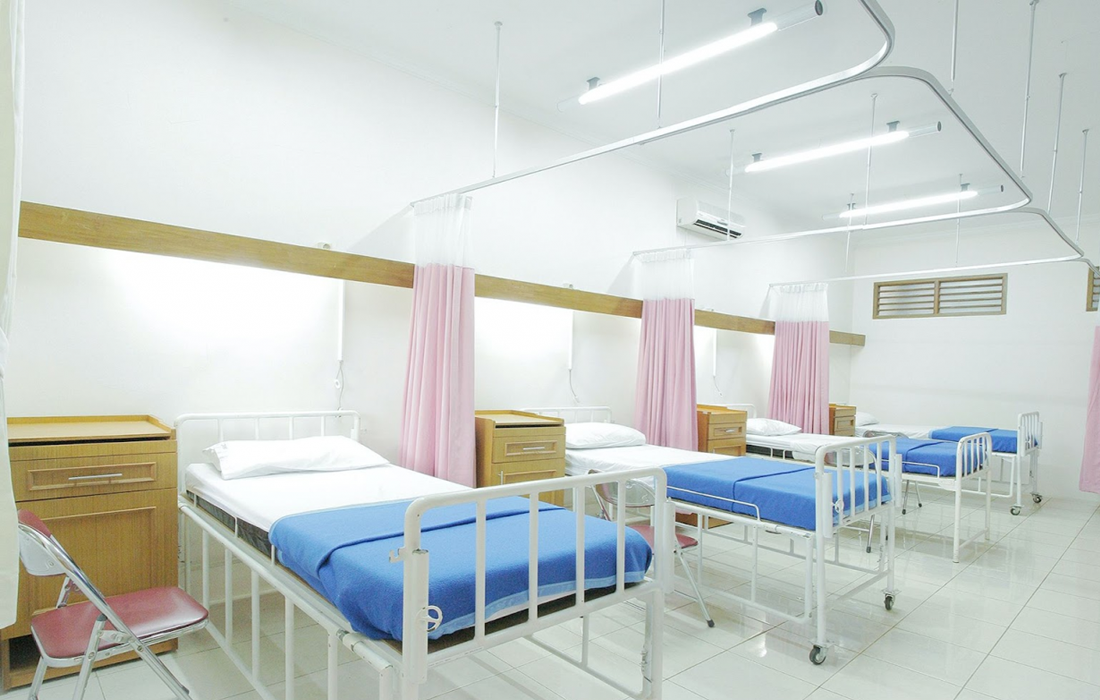Regenerative Medicine News and General Information
Bacteria Killing Material Could Tackle Hospital Superbugs
Scientists took chlorhexidine, and used it to coat the polymer, acrylonitrile butadiene styrene (ABS). The new study published in Nano Select shows that this new material was found to be effective in killing the microbes responsible for a range of infections and illnesses and could be used as an effective antimicrobial coating on a range of plastic products.
Plastics are widely used in medical settings. Some microbial species can survive in a hospital setting despite enhanced cleaning regimes, leading to an increased risk of patients getting infections whilst in hospital which then need antibiotic treatment.
Dr Felicity de Cogan, led this study, she said: “As plastic is such a widely used material that we know can harbour infectious microorganisms we wanted to investigate a way to use this material to destroy the bacteria. We achieved this by bonding a disinfectant with the polymer to create a new coating material and discovered not only does it act very quickly, killing bacteria within 30 minutes, it also doesn’t spread into the environment or leach from the surface when touched. Making plastic items using this material could really help tackle the issue of antibiotic resistance and reduce hospital acquired infections.”
The researchers used a special imaging technique called Time-of-Flight Secondary Ion Mass Spectrometry (TOF-SIMS) to examine the material at molecular level. This revealed the material was antimicrobial and rapidly killed microbes and after 45 minutes the surfaces were still clear of these microbes. It was also effective against SARS-COV-2, with no viable virions found after 30 minutes. Additionally, the surfaces were also effective in killing chlorhexidine-resistant strains of bacteria.
Dr de Cogan says: “Research has shown that contaminated surfaces, including plastic surfaces, can act as a reservoir of antimicrobial resistance genes, encouraging the spread of antimicrobial resistance across bacterial species through horizontal gene transfer despite deep cleaning practices. It is paramount that new technologies are developed to prevent the spread of pathogenic microorganisms to vulnerable patients and address the ever-increasing threat of antimicrobial resistance.
“This research offers an effective way to do this and the material could be added to plastic materials during manufacture, it could also potentially be used as a spray.”
Sources:
Rowan Watson, Maria Maxwell, Sophie Dunn, Alexander Brooks, Long Jiang, Harriet J. Hill, Georgia Williams, Anna Kotowska, Naa Dei Nikoi, Zania Stamataki, Manuel Banzhaf, David Scurr, Jack Alfred Bryant, Felicity de Cogan. Development of biocide coated polymers and their antimicrobial efficacy. Nano Select, 2023; DOI: 10.1002/nano.202300005
University of Nottingham. “Bacteria killing material could tackle hospital superbugs.” ScienceDaily. ScienceDaily, 11 May 2023. <www.sciencedaily.com/releases/2023/05/230511164609.htm>.
Images from:
Photo by
https://unsplash.com/photos/zbpgmGe27p8

